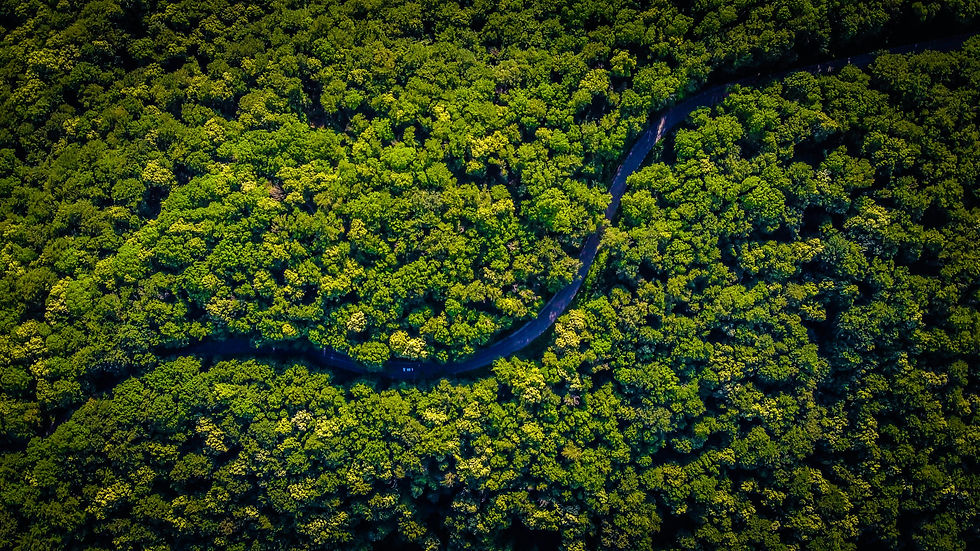Climate literacy is the key to a sustainable future
- The GFCC

- Jun 5, 2022
- 3 min read

Yesterday, populations and activists across the globe celebrated World Environment Day. This calendar date was created to raise awareness of the planet’s limited resources and facilitate a sustainable transition to a new economy through environmental action. The 2022's theme Only One Earth proposes ways of living sustainably in harmony with nature, and climate literacy plays an essential part in this initiative.
What is climate literacy?
Climate literacy is understanding how climate change happens, its impacts, relevant mitigation approaches, your influence on climate, and the climate’s influence on you and society. Climate literacy is crucial to addressing climate change and achieving environmental justice by giving knowledge and education for people to make conscious decisions regarding the environment.
Human activities are the primary cause of most of the ongoing increase in Earth’s globally averaged surface temperature. Climate change is bringing economic and ecological challenges as well as opportunities, and people who are climate literate will have the upper hand to respond quickly and effectively. Society needs people who understand the climate system and know how to apply that knowledge in their everyday life. As time goes on, climate change and what climate literacy means will continue to be a significant element of public discourse.
Climate literacy: principles and definition
The fundamental principles of climate literacy are understanding the essential basics of Earth’s climate system, knowing how to assess scientifically credible climate information, and the ability to make informed and responsible decisions. However, the definition of climate literacy is constantly changing and is sometimes disagreed upon, and because of that climate education is not as productive as it could be. Governments, international organizations and local programs need to become more involved in climate literacy efforts to improve this.
It is important to foment cohesive education plans supported by the government, community and private interests. There need to be both top-down and bottom-up approaches to educating people on climate change to ensure the consistency and longevity of such programs. An impactful climate education program prepares students to evaluate risk, assess credible resources in the media, make responsible consumer decisions and adapt to a rapidly changing society. One way to achieve this is through industry partnerships, which can elevate a student’s climate education. Seeing hands-on approaches to combat climate change, how one’s actions impact the environment and being part of climate change solutions can give a student a valuable perspective on climate literacy.
Although climate education is becoming part of everyday discourse, there are few ways to measure how effective climate education is. This makes it difficult to gauge if current educational efforts are working or if new measures need to be made. Additionally, the lack of consistent definitions and standards globally, primarily on whether environmental literacy should include action and participation, creates a disharmony that leads to educators leaving climate literacy out of everyday discourse. The current perspectives of climate literacy primarily focus on the individual–the role they play environmentally and their education. This is a start, but it needs to encompass the collective and community climate literacy.
One of the issues surrounding climate literacy is the lack of resources and general environmental education available to all demographics. Curriculums and the sharing of environmental knowledge should be inclusive, reaching all classes of people. Women in STEM and gender equity in education impact climate efforts. Similar to STEM fields, women are not included in many climate-related educational endeavors. Women play an essential role as students, educators, household decision-makers and civic engagers in the climate economy and should be included as such. For instance, studies have found that increasing women’s representation in national parliaments leads to the adoption of more stringent climate change policies, resulting in lower emissions. Additionally, women’s leadership positively correlates with increased transparency around climate impact and the disclosure of carbon emissions.
Besides, gender inequality in climate literacy, there are significant disparities among different socioeconomic and geographical groups. The most affected by climate change are marginalized communities and, therefore, should be included in climate literacy efforts. Amplifying the voices and engagement of marginalized voices is crucial to addressing climate change. Underserved communities are the least able to prepare for and recover from natural disasters, like heat waves, poor air quality and flooding, stemming from climate change. Climate education can arm citizens with the essential knowledge and skills they will need to cope with climate change and take action in their communities. The more understanding that all communities are given, specifically the frontline communities, the closer the world will get to climate justice.







Comments